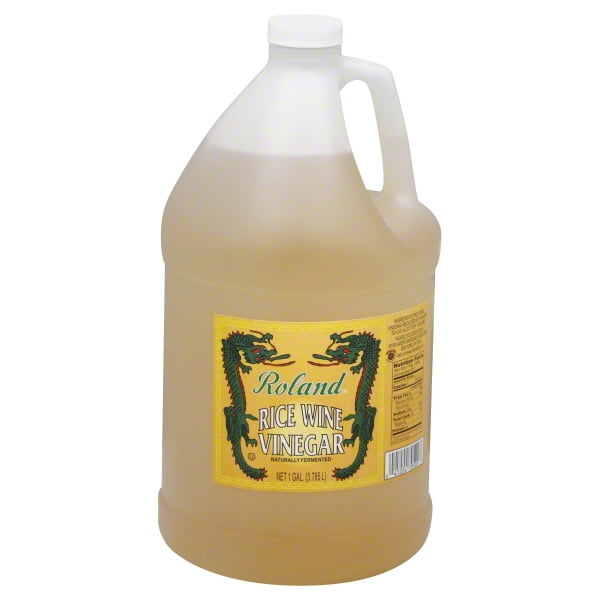
Is There a Difference Between Rice Wine Vinegar and Rice Wine? In other words, consider the other flavors present in the dish you’re making and if you think lime will harmonize well enough, then go ahead and use it as a 1:1 substitute for rice wine vinegar. That said, its distinct citrus flavor will be noticeable, and it lacks the sweetness of rice wine vinegar, so it’s not an ideal substitute in every type of recipe. Much like lemon juice, lime juice will lend the desired acidity to any dish when you don’t have rice wine vinegar on hand. Despite the deeper character, there’s plenty of common ground so you can use sherry vinegar in place of rice vinegar in pretty much any recipe (and in equal amounts). Sherry vinegar is an excellent substitute for rice vinegar because it has a similar balance of acidity and sweetness, just with a slightly richer and nuttier flavor. If you want to give this swap a try, substitute the same amount of lemon juice for rice vinegar, adding more as needed. In many recipes, lemon juice serves as an excellent stand-in for rice vinegar, but the distinct citrus flavor doesn’t exactly slide under the radar so before you go this route, size up your recipe to make sure the finished dish doesn't demand the sweeter and more subtle character of rice vinegar in addition to the tang. Lemon juiceĪ squeeze of lemon is all you need to add some acidity to your plate and perk up the flavor of richer preparations. Keep this in mind and opt for a few splashes of balsamic in recipes that don’t require something more subtle. But although balsamic stacks up in terms of acidity, it has a much deeper and richer flavor, so it won’t take a backseat like rice vinegar does. Like rice vinegar, balsamic boasts a more mellow flavor profile and plenty of sweetness.

When your recipe calls for rice vinegar and you’re all out, replace it with Champagne vinegar using a 1:1 ratio.

And like rice vinegar, the Champagne variety has a light flavor that works well in all the same dishes, from dipping sauces to seafood marinades. Champagne vinegarĬhampagne is fancy, so it makes sense that this vinegar boasts an elegant and delicate taste. In fact, that little trick produces a near-perfect imitation of the rice variety. For other purposes, you can sweeten and soften the flavor of this substitute by adding ¼ teaspoon of sugar for every tablespoon of white wine vinegar. Still, white wine vinegar will work nicely when mixed into a vinaigrette that calls for its rice cousin and can usually be substituted in equal amounts. It’s fruitier too, which isn’t surprising since this vinegar gets its start on a grapevine. White wine vinegar is stronger than rice vinegar and not particularly sweet. (Move over balsamic, there’s a new vinegar in town.) Compared to its bolder cousins, rice vinegar has an understated profile-so you don’t need an eyedropper when you add it to dressing-but it still packs enough of a punch to brighten up a rice bowl.

And here’s another interesting fact: This special sauce comes in a variety of colors, ranging from clear to reddish-brown. Also known as rice wine vinegar, this ingredient is made by fermenting the sugars in rice into alcohol and then acid. Rice vinegar is the fermented flavor-enhancer of choice when it comes to Asian cuisine, but its mild and slightly sweet character can help season and balance any kind of cooking. First, What Is Rice Wine Vinegar?Īcidity is the hallmark of any type of vinegar, but that doesn’t mean that all varieties can be used interchangeably. But what should you do when you’re all out? Don’t fret: When you’re in need of a substitute for rice vinegar, just swap in one of these seven ingredients and you’ll still be able to dish up something spectacular. So, whether you’re planning a pickling project for the weekend or getting your wok out for tonight’s dinner, your recipe calls for rice vinegar. Rice vinegar can also be used to transform basic veggies into bites of briny delight.

It’s a must-have for sushi rice, adds tang to salad dressings and heightens flavor in stir-fries.


 0 kommentar(er)
0 kommentar(er)
